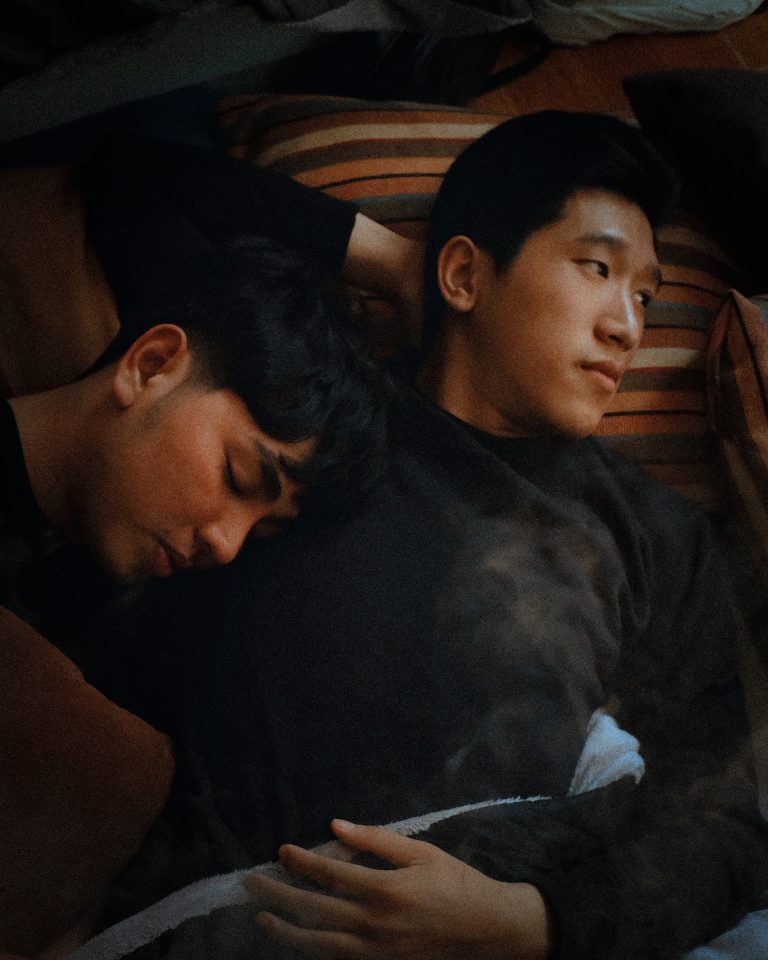Horror & Corporatized Feminism, Part 1
There is a tendency in today’s feminism to sympathize with (and consequently amplify) corporate ideologies that are largely hostile to the feminist mission of equality. Structurally, the prevalence of this brand of feminism undermines feminism’s impact. The narratives of many modern horror films seem to privilege this specific brand of feminism.
I have opted to refer to this strain as “corporatized feminism,” although it goes by many names, such as “girl boss feminism” or “woke feminism.” It describes feminism as appropriate for a corporate environment in which female success is defined in direct opposition to masculine dominance. It requires adopting a largely reactionary strategy and subscribing to the politics of incrementalism.
Perhaps most significantly, corporatized feminism abandons the original feminist aspirations of equality and is counterintuitive because it adopts and promotes the same psychopathic tendencies of the current corporate super structure.
I aim to explore the ideological structure of corporatized feminism by examining the narratives of three of Blumhouse’s recent horror remakes–David Gordon Green’s Halloween, Sophia Takal’s Black Christmas, and Leigh Whannell’s The Invisible Man–against the originals. Doing so will show how this strain of feminism blunts the discourse’s historically progressive leanings.

Eye For An Eye: Horror and Social Hygiene
Horror has always been a vehicle for pacifying society’s ideological dispositions. From the page to the screen, horror narratives provide insight into the complex interplay between human personalities and the institutions they comprise. For this reason, horror is an excellent indicator of a particular epoch’s ideological leanings.
As a mirror, horror also works moralistically as a cautionary indicator. Indeed, no genre is as friendly to Old Testament ideology. Consider the original Friday the 13th, in which the killer murders a group of teenagers as punishment for their perceived deviance. Is there a difference between this and Jehovah’s flood? What’s more, when we examine the broader historical mechanisms at play, particularly the dissolution of vertical integration and the rise of New Hollywood, the film’s Biblical wrath becomes more paradoxical.

On one hand, we have a morality tale about the dangers of promiscuity. Conversely, this morality is used to provide audiences with thrills, flesh, and fake gore. Modern horror is no different in terms of its structural composition, although it does seem to serve a different ideological configuration. In other words, the genre has changed with the times. So why would it be beneficial to corporate America to inject horror films with this particular strain of dubious empowerment?
The corporate environment has long been known for its toxic masculinity and disempowerment of women. If prolonged, this schism could undermine corporate profits and alienate a considerable portion of the workforce. So why not have everyone feel like they belong? And what better way to connect them than in the populist realm of horror? To summarize, a corporatized feminist horror co-opt is necessary to perpetuate the corporatist framework.
In the next article, I will examine Laurie Strode’s characterization in John Carpenter’s Halloween against that in David Gordon Green’s 2018 remake to demonstrate how corporatized feminism manifests in the current cinematic landscape.



